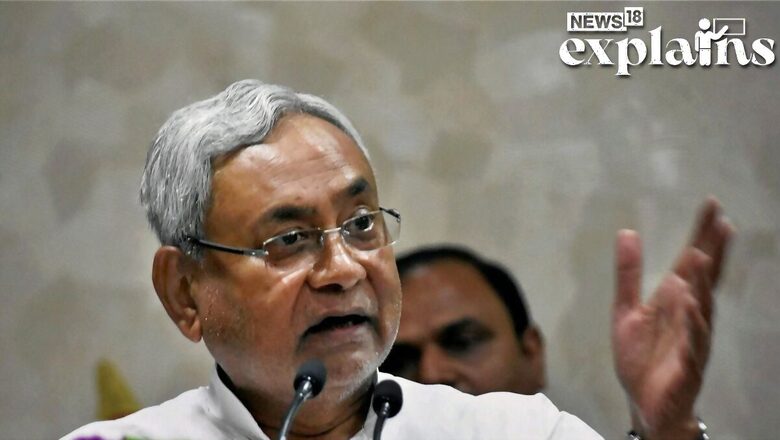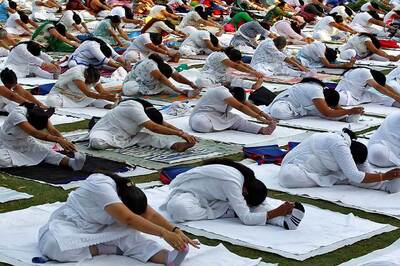
views
The caste survey data released by the Nitish Kumar-led Bihar government on Monday has reignited the debate on caste-based reservations and the 50 per cent reservation ceiling as ruled in the Indra Sawhney case. While no party has clearly spoken against the caste-based survey in Bihar, it has led to demands for similar surveys in other states and at the national level.
Political experts have said that the caste-based reservations have put Nitish Kumar once again on the centre stage in national politics. The survey findings will likely help Nitish strengthen his position as a champion of the Extremely Backward Classes (EBCs), non-Yadav Other Backward Classes (OBCs) and Mahadalits.
What did the Survey find?
According to the data released here by Development Commissioner Vivek Singh, the total population of Bihar stood at a little over 13.07 crore, out of which the Extremely Backward Classes (36 per cent) were the largest social segment followed by the Other Backward Classes at 27.13 per cent.
The Other Backward Classes (OBCs) and Extremely Backward Classes (EBCs) together constitute more than 63% of the population in Bihar.
The survey also stated that Yadavs, the OBC group to which Deputy Chief Minister Tejashwi Yadav belongs, were the largest in terms of the population, accounting for 14.27 per cent of the total.
Dalits, also known as the Scheduled Castes, accounted for 19.65 per cent of the total population in the state, which is also home to nearly 22 lakh (1.68 per cent) people belonging to the Scheduled Tribes.
Those belonging to the “unreserved" category, which denotes the proverbial “upper castes" who dominated politics till the Mandal wave of the 1990s comprise 15.52 per cent of the total population.
How the Caste Survey Helps Nitish
The previous survey of all the castes was undertaken way back in 1931. The proponents of the fresh caste survey insist that a new estimate was required for the weaker sections of the society as they must have seen a rise in their proportion of the population.
Moreover, the OBCs have long argued that despite the reservations, the ‘forward castes’ have got large share of government jobs in proportion to their population.
It was Nitish Kumar who first created the political constituencies of EBCs and Mahadalits to compensate for the inadequate numbers of his own caste, Kurmis. This social engineering, which Nitish achieved during his first term, helped him remain firm in Bihar politics for more than a decade.
With the survey, Nitish Kumar is trying to portray himself as the champion of the extremely backward castes and non-Yadav OBCs in the Hindi heartland. It will also help Nitish play a leading role in the national opposition to the BJP ahead of the Lok Sabha elections.
Caste Census Takes National Agenda
During the first INDIA meeting in Patna earlier in June, Nitish Kumar said caste census should become one of the key agendas of the alliance. He also asked for the bloc to announce that if INDIA bloc wins the Lok Sabha elections, it would conduct a caste census, according to The Indian Express.
Though, some parties expressed reservation to the idea, the caste census has now led to similar such survey in other states as well.
Maharashtra Deputy Chief Minister Devendra Fadnavis said the state government will get details of the caste survey carried out by the Bihar government and CM Eknath Shinde will take a decision on it at the right time.
Meanwhile, other parties including the Aam Aadmi Party, the NCP, Samajwadi Party, BJD, DMK have come out in favour of caste survey.
Debate on 50% quota ceiling
The Supreme Court in its landmark judgement in ‘Indra Sawhney vs Union of India’ in 1992 had fixed the 50% ceiling for reservation. However, the caste survey data, which puts the general category population at 15.52%, could once again reopen the debate on the 50 per cent ceiling.
In Indra Sawhney case ruling, a nine-judge bench upheld the 27% reservation for socially and economically backward classes (SEBC) and reiterated the 50% limit, unless in “exceptional circumstances".
















Comments
0 comment